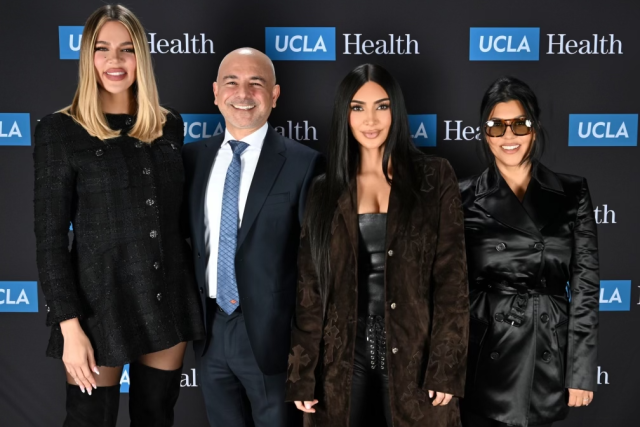Children and teenagers in California are filling up on sports and energy drinks that contain similar amounts of sweeteners and pose the same health risks as soda, according to a new study ;by the UCLA Center for Health Policy Research.
“There should be a warning label on flavored water, sports and energy drinks that says, ‘We may seem like a healthy choice, but we’re loaded with sugar, too,’” said Joelle Wolstein, research scientist at the center and lead author of the study. “People seem unaware that these drinks have the same or even higher amounts of added sweeteners as soda.”
According to research cited in the study, drinking beverages that contain added sweeteners is linked to adults and children becoming overweight or obese, which increases the risk of developing Type 2 diabetes, liver disease, dental decay and other health problems. Nearly 1 in 3 California adolescents ages 12 to 17 is overweight or obese, according to previous research by the authors.
Using California Health Interview Survey data from 2003 through 2014, the study focuses on consumption of regular soda, sports, energy and juice drinks with added sweeteners by Californians ages 2 to 17. The authors found that overall, 2 in 5 of those children drank at least one sugary beverage a day in 2013-14, the most recent data available.
More children drank sports and energy drinks than soda in all age groups, according to the study, which was supported by The California Endowment. Fifteen percent of children ages 2 to 5 have one or more sports or energy drinks daily, nearly double the 8 percent who drink one or more sodas. Rates for children 6 to 11 are 22 percent and 18 percent, respectively, and for teens, 37 percent and 34 percent.
The preference for sports and energy drinks among teens is a switch from five years ago, when 43 percent had at least one soda a day compared to 31 percent who had one or more sports or energy drinks.
“If the trend continues, sports and energy drinks could overtake soda as the primary source of liquid sugar in kids’ diets,” said Susan Babey, co-author of the study and co-director of the center’s Chronic Disease Program.
The authors say the upswing in sugary beverage consumption is especially troubling because it reverses a 10-year decline. In 2003, half of children ages 2 to 11 drank at least one sugar-sweetened beverage every day, but the rate consistently declined, reaching 26 percent in 2009. However, the rate increased the next two survey years, to 31 percent in 2013-14. The rate for teens has a slim silver lining, with the rate dropping from 65 percent in 2011-12 to 59 percent in 2013-14.
Children in specific communities are the biggest consumers of sugary beverages, which puts them at the greatest risk for future related health issues, according to the study. More than half of African-American and multiracial children, 44 percent of Latinos, and nearly 40 percent of Asians have one or more sugary drinks a day, compared to 34 percent of white children. Consumption by children from the lower-income households is 13 percentage points higher than those from wealthier households, 46 percent to 33 percent, respectively.
“It is ironic that manufacturers of these drinks feature athletes with superior health to market sugary drinks to vulnerable children, exposing them to poorer health as adults,” said Robert Ross, president and CEO of The California Endowment. “Instead, these athletes should be promoting to children the benefits of drinking H2O.”
See appendix for a county-by-county breakdown of the percentage of children ages 2 to 17 who drink one or more sugary beverages a day.



